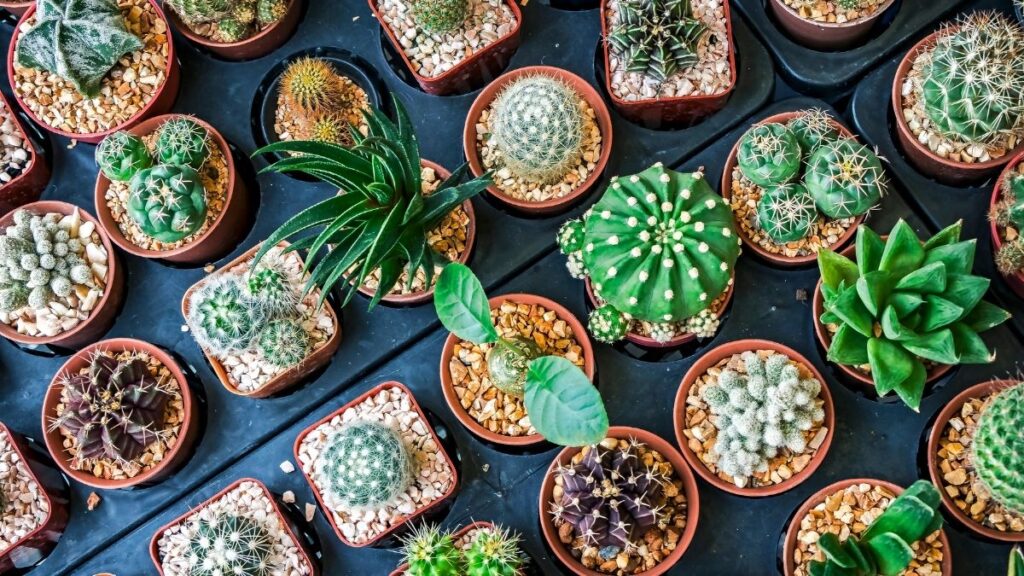Sustainable fashion is also acknowledged as eco-fashion and it concerns more than just addressing fashion products. Sustainable fashion is about producing socio-economically sustainable clothes, shoes and accessories which inspire a change in behaviour and attitudes. Ethical fashion, a similar term, also refers to clothing made in ways that value social and economical health and well being. Thus, ethical and sustainable fashion are tied together.
Anything animal leather can do, this sustainable and cruelty-free leather can do better. It’s 2021, and it’s about time to adopt the methods of sustainable fashion and start your journey towards sustainable living.
Fashion output accounts for 10% of humanity’s carbon emissions, making it one of the most polluting industries on the planet. And being fashionable shouldn’t have to mean sacrificing our climate. 85% of all textiles are discarded in landfills. While particular forms of clothing are washed, tiny pieces of plastic are released into the water, quickly destroying marine life. Many companies have attempted to the right their wrongs and reverse the negative impact of fashion on the world. Desserto is one such brand to keep an eye on as they transition to more sustainable living. With its organic, all-natural, and cruelty-free cactus leather, a brand from Mexico had shaken up the fashion industry.
Adrián López Velarde and Marte Cázarez have created a system for turning cacti into vegan leather that looks so real you’d never believe it’s made from the desert plant. Desserto is the name of their vegan cactus leather, which is made from cacti grown on their plantation in the Mexican state of Zacatecas. The cactus is known for its tough, dense skin, which makes it ideal for simulating animal leather. So read more how cactus leather is helping in establishing sustainable fashion.
Cactus Leather- A step towards Sustainable Fashion
For a variety of purposes, cactus leather can be considered a natural leather substitute. To begin with, the Opuntia cactus used to create the material is native to the area where the organic farm is located. It not only has no negative impact on the local ecosystem, but it also promotes the growth of microflora and microfauna. Irrigation is a critical component of any plant’s development. While some plants, such as corn, need 1000 litres of water to produce 1 kilogramme of product, the Opuntia cactus only needs 200. Rainwater easily meets this requirement, so the farm does not require an artificial irrigation system. When it comes to plastic, the material is free of PVC, which is often used in faux leathers. Furthermore, no harmful substances are used in the manufacturing process, and all leftover cacti are sold for food processing.
The product is also more environmentally friendly and sustainable than other leather alternatives, with a smaller carbon footprint. It’s also the case that:
- PVC-free
- Free from phthalates
- Free from toxic chemicals
- Less water intensive
Since the use of animal skin has such negative environmental implications, widespread adoption of their cruelty-free leather could be a game-changer.
Tanners, for example, use 250 different chemicals to handle animal-based leather, including formaldehyde, cyanide, arsenic, and chromium. These chemicals pollute waters, endanger aquatic life, and increase the risk of disease in humans once they reach waterways.
Furthermore, farming livestock for food and skins produces a significant amount of carbon, accounting for 14.5 per cent of all anthropogenic greenhouse gas emissions. Water consumption is also an important issue, so the fact that companies that use cruelty-free leather in their products can reduce water consumption by 20% is critical. Currently, the apparel industry consumes nearly 79 billion cubic metres of water, enough to fill almost 32 million Olympic-sized swimming pools.

How can the “Cactus Leather” reduce the Environmental pressure caused by the fashion industry
With so much emphasis on biodiversity and the urgent need to minimise the environmental destruction caused by the fashion industry, it is hoped that materials like this latest Cactus Leather will eventually replace animal leather in the fashion, automobile, aerospace, and footwear industries and lead the world towards sustainable living. Upholstery, automotive, apparel, accessories, handbags, and other applications are all possible with this material. In fact, the material can be used for something that would typically be made with raw animal hides.
More and more companies are joining the cruelty-free and other sustainable fashion movements.
We are pleased to report that an increasing number of companies are working to produce cruelty-free leather. One example is the footwear brand No Saints, which uses a plant-based leather made from pineapple leaf fibres to transform food waste into vegan leather sneakers.
The automotive industry is evolving, with Porsche’s new Taycan electric car offering a vegan leather interior option and Elon Musk stating that animal leather in cars is being phased out. With such inventions happening worldwide, there has never been a better and easier time to switch to sustainable living. Hopefully, such products will become more widely available in the near future, and animals will no longer be subjected to the horrors of the leather industry. So that was all about cactus leather and sustainable fashion. Read More on sustainable furniture brand.

